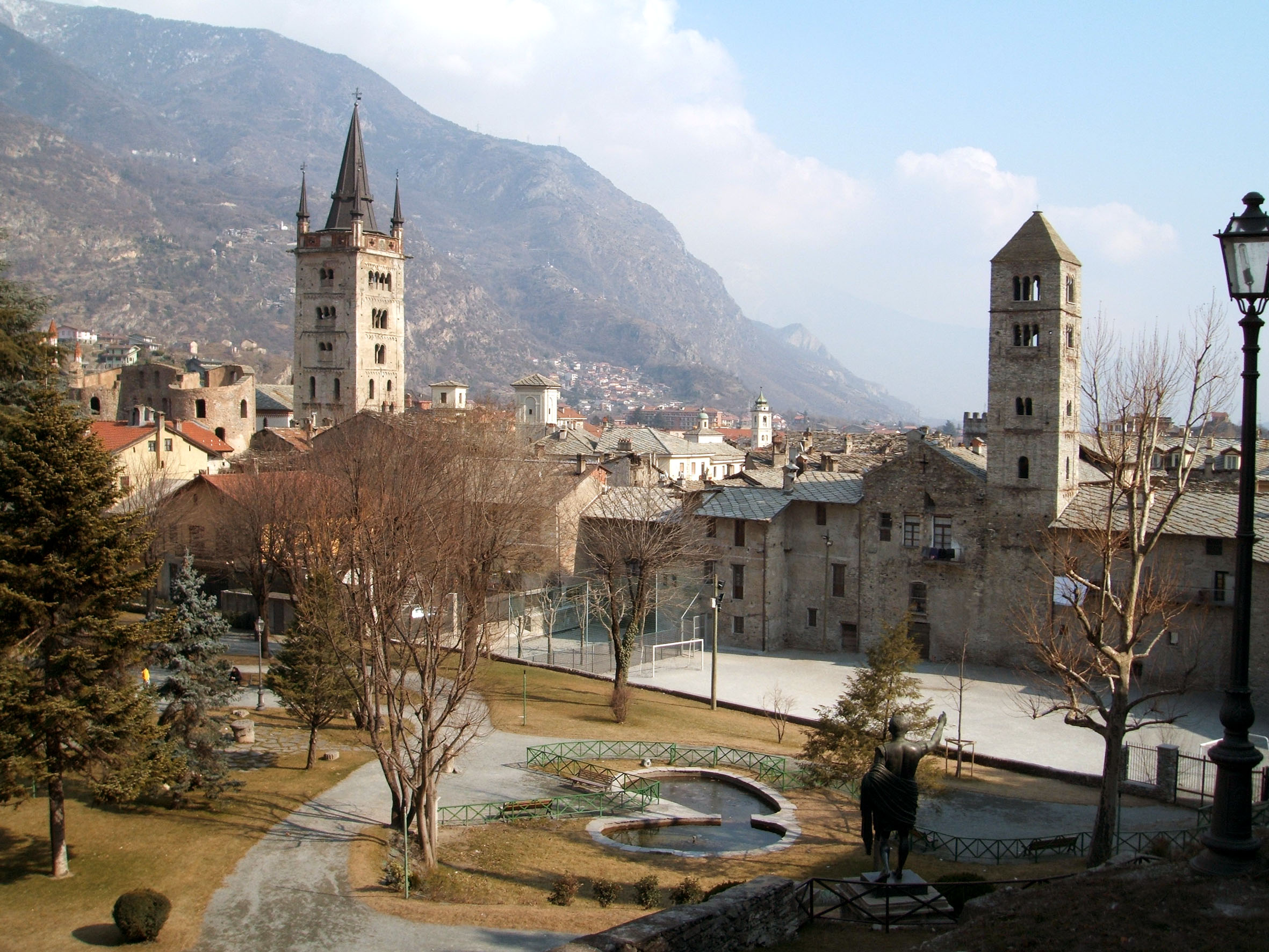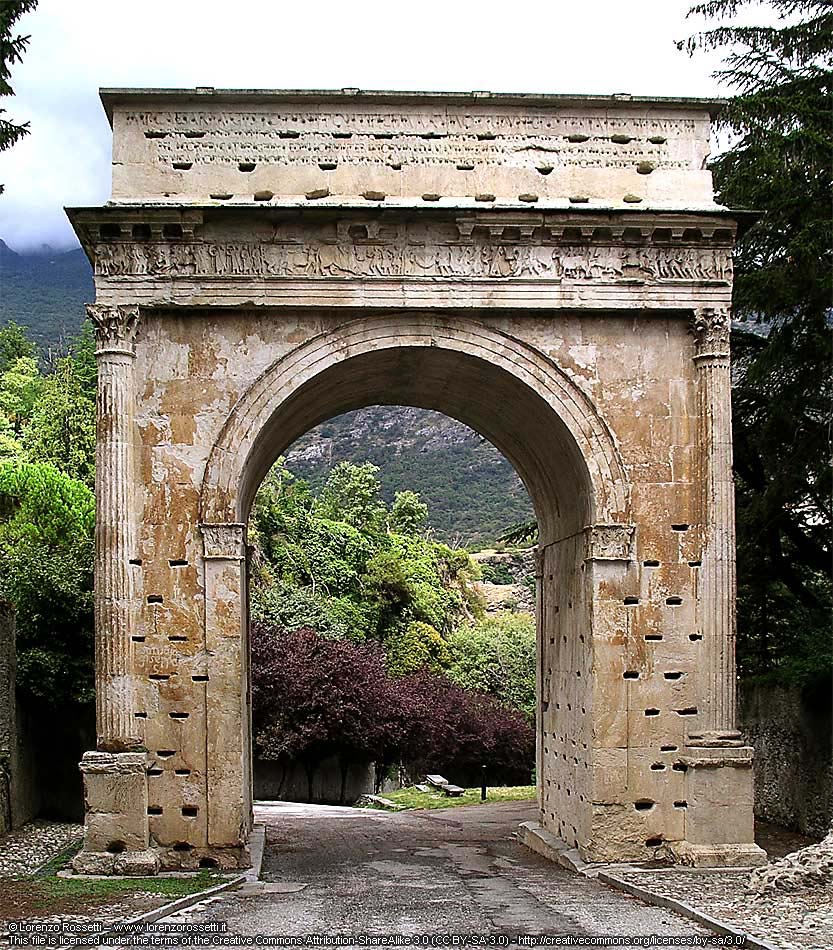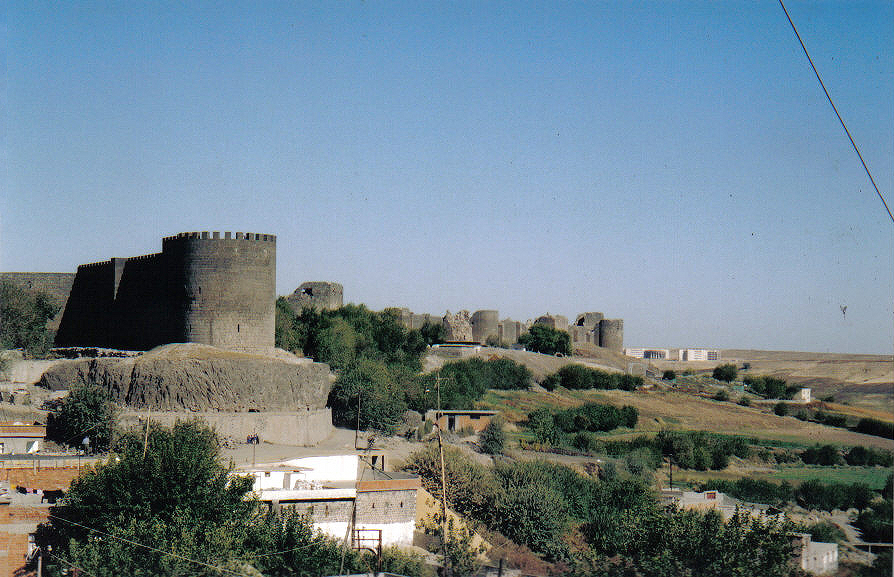|
Marcus Julius Cottius
Marcus Julius Cottius was King of the Celtic and Ligurian inhabitants of the mountainous Roman province then known as '' Alpes Taurinae'' and now as the Cottian Alps early in the 1st century BC. Son and successor to King Donnus, he negotiated a dependent status with Emperor Augustus that preserved considerable autonomy for his country, making him a Roman governor, and adopted Roman citizenship. Early relationship with Rome The friendship between Cottius's realm and Rome goes back at least to the reign of his father King Donnus; there is numismatic evidence which suggests that Donnus established friendly relations with Julius Caesar. As Caesar needed to cross the Cottii Regnum in 58 BC on his way to Gaul, he made an agreement with King Donnus to have his troops transported on his road as well as having a new paved road being built.Cornwell, H., Alpine Reactions to Roman Power, in Varga, R., Rusu-Bolindeț, V., (eds) Official Power and Local Elites in the Roman Provinces, p. 59 Th ... [...More Info...] [...Related Items...] OR: [Wikipedia] [Google] [Baidu] |
King
King is a royal title given to a male monarch. A king is an Absolute monarchy, absolute monarch if he holds unrestricted Government, governmental power or exercises full sovereignty over a nation. Conversely, he is a Constitutional monarchy, constitutional monarch if his power is restrained by fixed laws. Kings are Hereditary monarchy, hereditary monarchs when they inherit power by birthright and Elective monarchy, elective monarchs when chosen to ascend the throne. *In the context of prehistory, antiquity and contemporary indigenous peoples, the title may refer to tribal kingship. Germanic kingship is cognate with Indo-European languages, Indo-European traditions of tribal rulership (cf. Indic ''rājan'', Gothic ''reiks'', and Old Irish ''rí'', etc.). *In the context of classical antiquity, king may translate in Latin as ''rex (king), rex'' and in Greek as ''archon'' or ''basileus''. *In classical European feudalism, the title of ''king'' as the ruler of a ''kingdom'' is und ... [...More Info...] [...Related Items...] OR: [Wikipedia] [Google] [Baidu] |
Roman Road
Roman roads ( ; singular: ; meaning "Roman way") were physical infrastructure vital to the maintenance and development of the Roman state, built from about 300 BC through the expansion and consolidation of the Roman Republic and the Roman Empire. They provided efficient means for the overland movement of armies, officials, civilians, inland carriage of official communications, and trade goods. Roman roads were of several kinds, ranging from small local roads to broad, long-distance highways built to connect cities, major towns and military bases. These major roads were often stone-paved and metaled, cambered for drainage, and were flanked by footpaths, bridleways and drainage ditches. They were laid along accurately surveyed courses, and some were cut through hills or conducted over rivers and ravines on bridgework. Sections could be supported over marshy ground on rafted or piled foundations.Corbishley, Mike: "The Roman World", page 50. Warwick Press, 1986. At the peak of ... [...More Info...] [...Related Items...] OR: [Wikipedia] [Google] [Baidu] |
Latin Rights
Latin rights or Latin citizenship ( or ) were a set of legal rights that were originally granted to the Latins and therefore in their colonies ( Latium adiectum). ''Latinitas'' was commonly used by Roman jurists to denote this status. With the Roman expansion in Italy, many settlements and coloniae outside of Latium had Latin rights. All the ''Latini'' of Italy obtained Roman citizenship as a result of three laws which were introduced during the Social War between the Romans and their allies among the Italic peoples (''socii'') which rebelled against Rome. The '' Lex Iulia de Civitate Latinis (et sociis) Danda'' of 90 BC conferred Roman citizenship on all citizens of the Latin towns and the Italic towns who had not rebelled. The ''Lex Plautia Papiria de Civitate Sociis Danda'' of 89 BC granted Roman citizenship to all federated towns in Italy south of the River Po (in northern Italy). The ''Lex Pompeia de Transpadanis'' of 89 BC granted the ''ius Latii'' to the communities ... [...More Info...] [...Related Items...] OR: [Wikipedia] [Google] [Baidu] |
Client King
A client state in the context of international relations is a state that is economically, politically, and militarily subordinated to a more powerful controlling state. Alternative terms for a ''client state'' are satellite state, associated state, and dominion, condominium, self-governing colony, and neo-colony, protectorate, vassal state, puppet state, and tributary state. Controlling states in history Persia, Greece, Ancient China and Rome Ancient states such as Persia, Parthia, Greek city-states, Ancient China, and Ancient Rome sometimes created client states by making the leaders of that state subservient, having to provide tribute and soldiers. Classical Athens, for example, forced weaker states into the Delian League and in some cases imposed democratic governments on them. Later, Philip II of Macedon similarly imposed the League of Corinth. One of the most prolific users of client states was Republican Rome which, instead of conquering and then absorbing into an empire, ... [...More Info...] [...Related Items...] OR: [Wikipedia] [Google] [Baidu] |
Caesar Augustus
Gaius Julius Caesar Augustus (born Gaius Octavius; 23 September 63 BC – 19 August AD 14), also known as Octavian (), was the founder of the Roman Empire, who reigned as the first Roman emperor from 27 BC until his death in AD 14. The reign of Augustus initiated an imperial cult and an era of imperial peace (the or ) in which the Roman world was largely free of armed conflict. The Principate system of government was established during his reign and lasted until the Crisis of the Third Century. Octavian was born into an equestrian branch of the plebeian Octavia. Following his maternal great-uncle Julius Caesar's assassination in 44 BC, Octavian was named in Caesar's will as his adopted son and heir, and inherited Caesar's name, estate, and the loyalty of his legions. He, Mark Antony, and Marcus Lepidus formed the Second Triumvirate to defeat the assassins of Caesar. Following their victory at the Battle of Philippi (42 BC), the Triumvir ... [...More Info...] [...Related Items...] OR: [Wikipedia] [Google] [Baidu] |
Arch Of Augustus (Susa)
The Arch of Augustus is an important monument constructed in the city of Susa, Piedmont, in the province of Turin. It was originally built at the end of the 1st century BC to record the renewed alliance between Emperor Augustus and Marcus Julius Cottius, a Celto-Ligurian ruler who had been made king and Roman prefect of the Cottian Alps. The arch, together with other remains from the period, such as the Roman amphitheatre and a Roman aqueduct, underscore the importance that the city of Susa had during the Roman period. Description From above, the arch forms a rectangle 11.93 metres long and 7.3 metres wide. It rests on two large bases and there is only one archway. The white marble of the arch was sourced from a nearby quarries at Fornesto and Tre Piloni. The arch has a unique arcade, in which the archivolt is supported by pilasters. The entablature rests on four Corinthian columns placed at the extremities of each corner, such that a quarter of each drum is embedded in the m ... [...More Info...] [...Related Items...] OR: [Wikipedia] [Google] [Baidu] |
Augustan Arch, Susa or Augustan Confession
{{disambig ...
Augustan is an adjective which means pertaining to Augustus or Augusta. It can refer to: * Augustan Age (other) * Augustan literature (ancient Rome) * Augustan prose *Augustan poetry * Augustan Reprint Society *Augustan literature *Augustan History * Augustan drama *A current or former resident of Augusta, Georgia See also * Legio I Augusta or First Augustan Legion *Legio II Augusta or Second Augustan Legion *Legio III Augusta or Third Augustan Legion *Gemma Augustea or Augustan jewel *Arch of Augustus (other) or Augustan Arch *Closed couplet or Augustan couplet *Heroic couplet or Augustan heroic couplet *Ara Pacis or Altar of Augustan Peace *Augsburg Confession The Augsburg Confession (), also known as the Augustan Confession or the Augustana from its Latin name, ''Confessio Augustana'', is the primary confession of faith of the Lutheranism, Lutheran Church and one of the most important documents of th ... [...More Info...] [...Related Items...] OR: [Wikipedia] [Google] [Baidu] |
Gaul
Gaul () was a region of Western Europe first clearly described by the Roman people, Romans, encompassing present-day France, Belgium, Luxembourg, and parts of Switzerland, the Netherlands, Germany, and Northern Italy. It covered an area of . According to Julius Caesar, who took control of the region on behalf of the Roman Republic, Gaul was divided into three parts: Gallia Celtica, Gallia Belgica, Belgica, and Gallia Aquitania, Aquitania. Archaeologically, the Gauls were bearers of the La Tène culture during the 5th to 1st centuries BC. This material culture was found throughout Gaul and as far east as modern-day southern Poland, Slovakia, and Hungary. Warbands led by the Gaul Brennus (leader of the Senones), Brennos Battle of the Allia, sacked Rome in 387 BC, becoming the only time Rome was conquered by a foreign enemy in 800 years. However, Gallia Cisalpina was conquered by the Romans in 204 BC and Gallia Narbonensis in 123 BC. Gaul was invaded after 120 BC by the Cimbri ... [...More Info...] [...Related Items...] OR: [Wikipedia] [Google] [Baidu] |
Col De Montgenèvre
The Col de Montgenèvre (; elevation 1860 m.) is a high mountain pass in the Cottian Alps, in France 2 kilometres away from Italy. Description The pass takes its name from the village Montgenèvre (Hautes-Alpes), which lies in the vicinity. It links Briançon in the upper Durance valley with the Susa Valley and its communes of Cesana Torinese and Susa in the Metropolitan City of Turin, Piedmont. The Col de Montgenèvre is an important road connection, and is kept open in winter. Its importance has always lain in the fact that it is the lowest of the principal crossings of the main range of the Alps between France and Italy. History It was known to the Romans before 118 BC, when Gnaeus Domitius Ahenobarbus started construction of the Via Domitia road, which terminated at the pass. Roman General Pompey used it on his campaign to Spain in 77 BC and claimed to have opened up a more favorable route. It was later used by Julius Caesar in travelling to Gaul and then bec ... [...More Info...] [...Related Items...] OR: [Wikipedia] [Google] [Baidu] |
Ammianus Marcellinus
Ammianus Marcellinus, occasionally anglicized as Ammian ( Greek: Αμμιανός Μαρκελλίνος; born , died 400), was a Greek and Roman soldier and historian who wrote the penultimate major historical account surviving from antiquity (preceding Procopius). Written in Latin and known as the '' Res gestae'', his work chronicled the history of Rome from the accession of Emperor Nerva in 96 to the death of Valens at the Battle of Adrianople in 378. Only the sections covering the period 353 to 378 survive. Biography Ammianus was born in the East Mediterranean, possibly in Syria or Phoenicia, around 330, into a noble family of Greek origin. Since he calls himself ''Graecus'' ( Greek), he was most likely born in a Greek-speaking area of the empire. His native language was Greek, but he also knew Latin. The surviving books of his history cover the years 353 to 378. Ammianus began his career as a military officer in the Praetorian Guard, where he gained firsthand exper ... [...More Info...] [...Related Items...] OR: [Wikipedia] [Google] [Baidu] |
Liguri
The Ligures or Ligurians were an ancient people after whom Liguria, a region of present-day north-western Italy, is named. Because of the strong Celtic influences on their language and culture, they were also known in antiquity as Celto-Ligurians. In pre-Roman times, the Ligurians occupied the present-day Italian region of Liguria, Piedmont, northern Tuscany, western Lombardy, western Emilia-Romagna, and northern Sardinia, reaching also Elba and Sicily. They inhabited also the French region of Provence-Alpes-Côte d'Azur and Corsica;Strabo, ''Geography'', book 4, chapter 6Livy, ''History of Rome'', book XLVII however, it is generally believed that around 2000 BC the Ligurians occupied a much larger area, extending as far as what is today Catalonia (in the north-eastern corner of the Iberian Peninsula). The origins of the ancient Ligurians are unclear, and an autochthonous origin is increasingly probable. What little is known today about the ancient Ligurian language is based ... [...More Info...] [...Related Items...] OR: [Wikipedia] [Google] [Baidu] |
Salassi
The Salassi or Salasses were a Gallic or Ligurian tribe dwelling in the upper valley of the Dora Baltea river, near present-day Aosta, Aosta Valley, during the Iron Age and the Roman period. Name They are mentioned as ''dià Salassō̃n'' (διὰ Σαλασσῶν) by Polybius (2nd c. BC) and Strabo (early 1st c. AD), as ''Salassi'' by Livy (late 1st c. BC), as ''Salassos'' by Pliny (1st c. AD), as ''Salasíon'' (Σαλασίον) by Ptolemy (2nd c. AD), as ''Salassoí'' (Σαλασσοί) by Appian (2nd c. AD)., s.v. ''Salassi''. The origin of the ethnic name ''Salassi'' remains unclear. If Celtic, it may derive from the root ''sal''-, with various possible explanations regarding the word-formation. According to Cato the Elder and Strabo, the Salassi were a Ligurian tribe. Geography The Salassi lived in the upper valley of the Dora Baltea river, where they controlled the Great and Little St Bernard passes in the Alps, collecting road tolls, and gold and iron mines. Thei ... [...More Info...] [...Related Items...] OR: [Wikipedia] [Google] [Baidu] |






